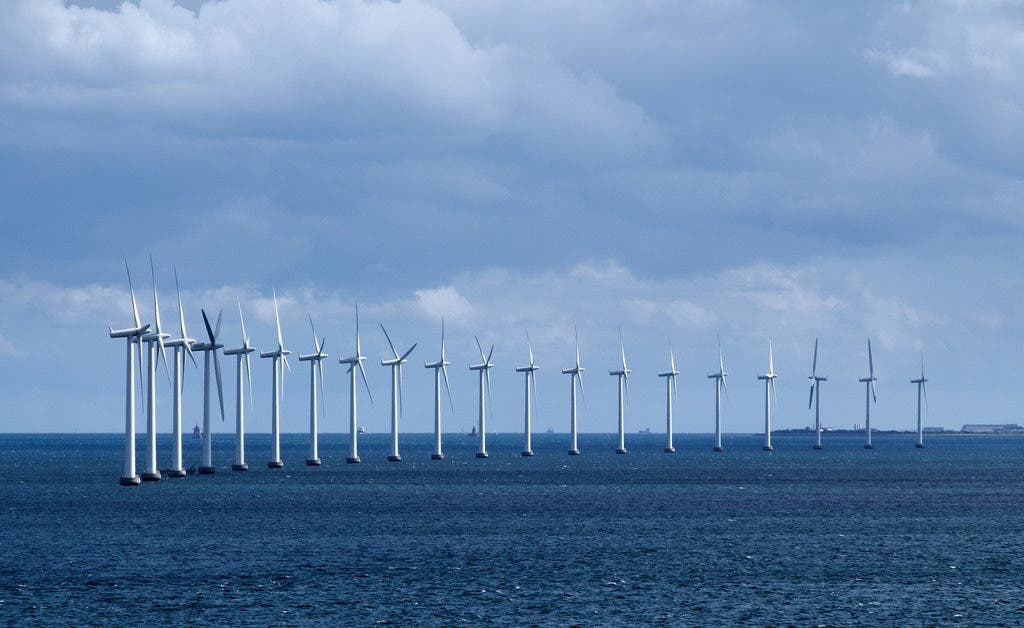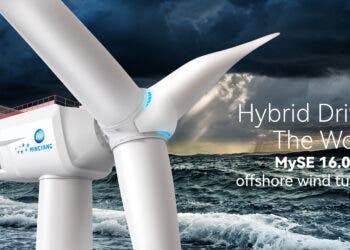Germany, Belgium, Denmark, and a body of 25 energy companies have signed a pledge to increase Europe’s offshore wind capacity by a whopping five times over the next decade. This unprecedented push should not only supply the continent with ample clean energy, but also drive the price of offshore wind down in the future, making it more than competitive with fossil fuels.

Image credits Lars Plougmann / Flickr.
Although offshore wind is about twice as expensive as onshore wind, its competitive position in the market is improving every year. Prices are falling down and the technology is proving more and more attractive as the best onshore places for exploiting wind resources are taken. While still controversial in the US, offshore wind has its roots firmly set down in Europe and many countries on the old continent are aggressively developing the technology. Because of this, offshore wind became one of the most efficient and fastest growing energy markets — and it’s only going to get better.
That’s because Germany, Belgium, and Denmark have joined 25 high profile European energy companies, such as Dong Energy and Siemens Gamesa, to up offshore wind generation to a huge 60 gigawatts in the next decade — to put things into perspective, Europe’s current total offshore wind capacity totals roughly 13 gigawatts. That’s 4 gigawatts a year, amounting to an almost fivefold increase over the next ten years.
But unlike the power these turbines will churn out, the announcement doesn’t come out of the blue. The pledge comes hot on the heels of plans to construct an artificial island with some 7,000 offshore turbines in the North Sea by 2050. Such ambitious projects are hoped to start a domino effect, as the experience and efficiency gained from the works will slash installation prices around the world, making offshore turbines even more attractive (and more importantly, affordable) for other countries.
Existing European offshore wind projects have already lowered costs by 48% over the last two years, and the technology is projected to become very competitive with new fossil fuel generators (such as natural gas power) by 2030.
“With this Joint Statement,” said Giles Dickson, chief executive officer of industry group WindEurope, “leading businesses and governments are taking the next step by committing to cooperate on the deployment of big volumes for offshore wind energy.”
The project ties into Europe’s efforts to develop low-carbon electricity generation systems to meet its emission reduction targets — a 40% slash compared with 1990 levels by 2030 — and its leaders are gambling that if they pave the way, other countries will follow suit in a bid to reach their own Paris pledges.
And given that WindEurope estimates that about one quarter of the EU’s electricity demand could be supplied via offshore wind for an average cost of 54 euros/megawatt hour “in the most favorable locations”, we’re likely going to see a lot more of these turbines in the future.






